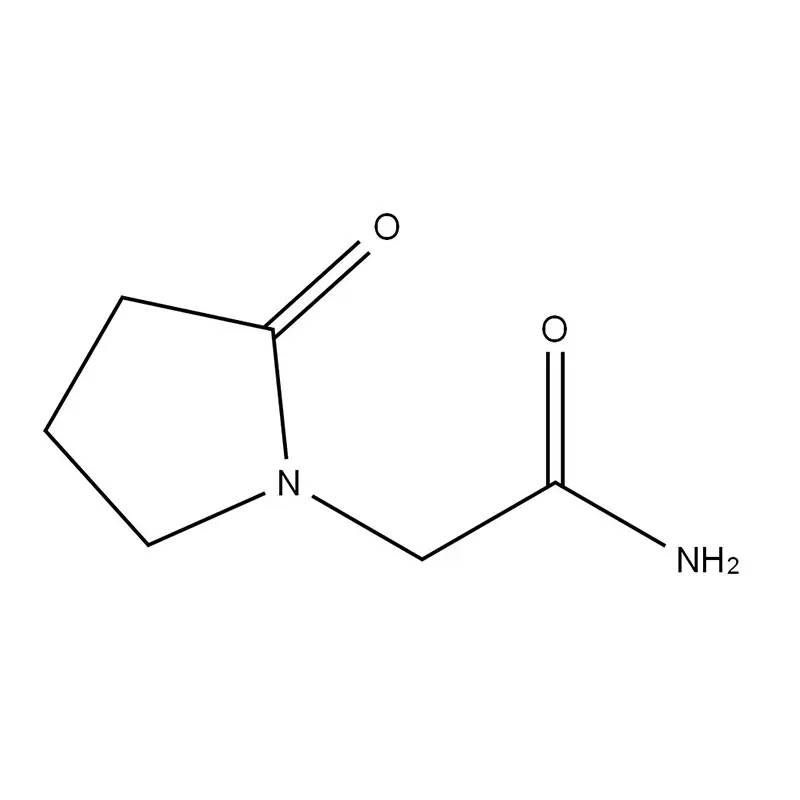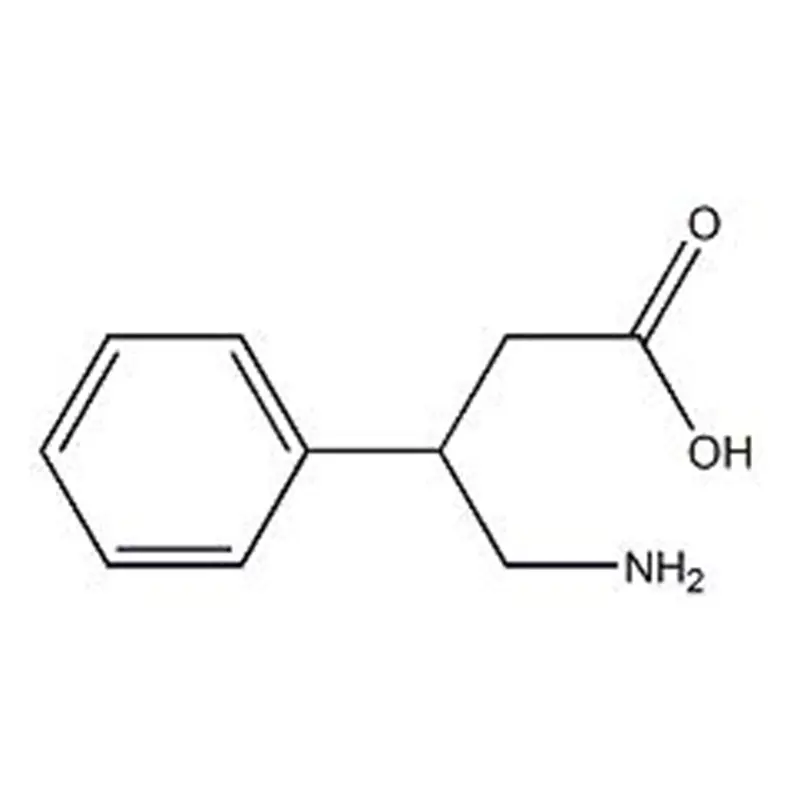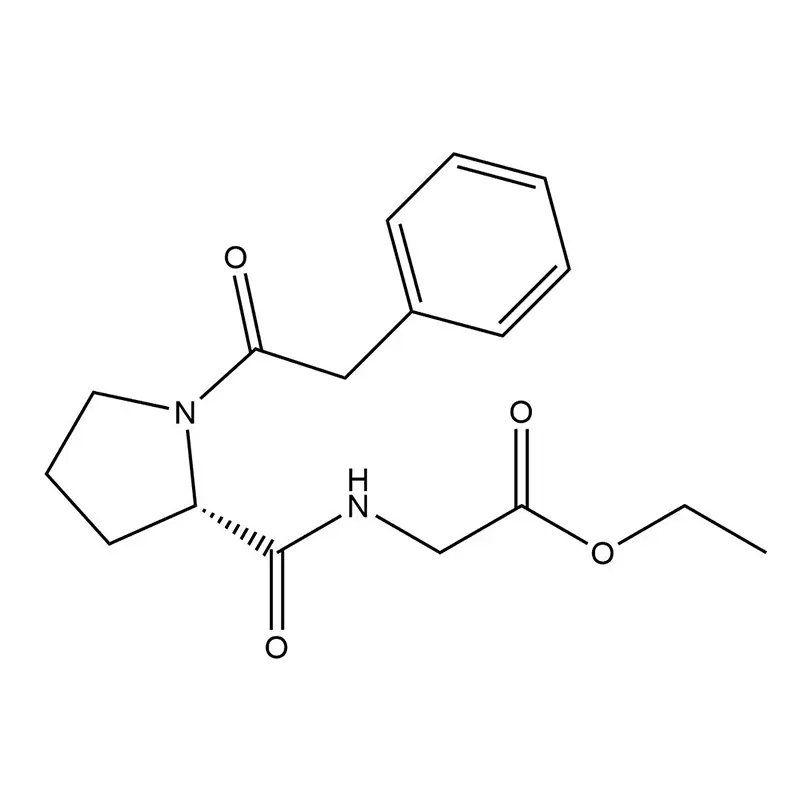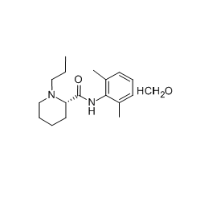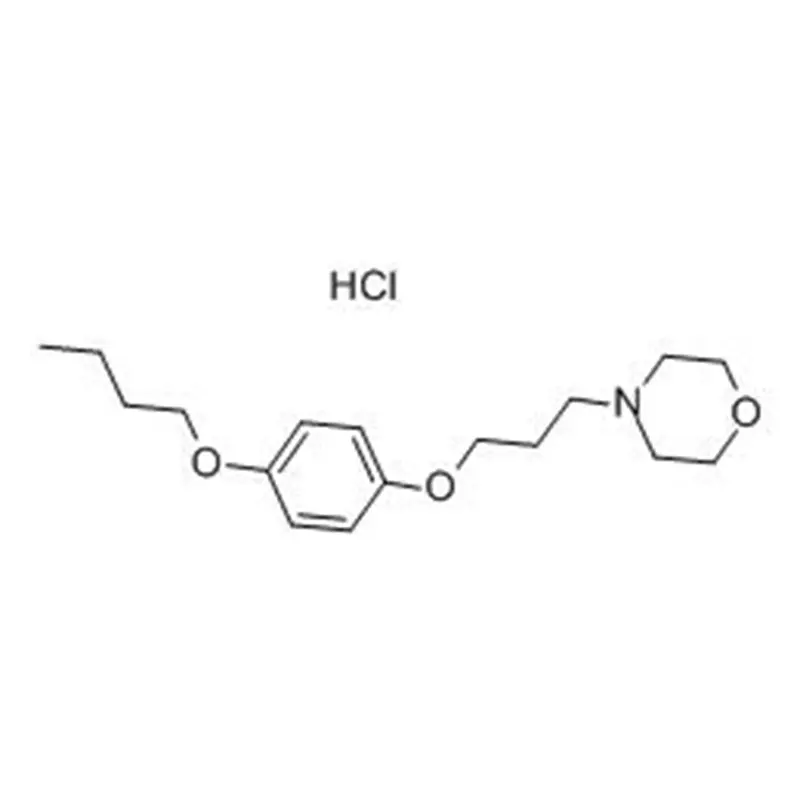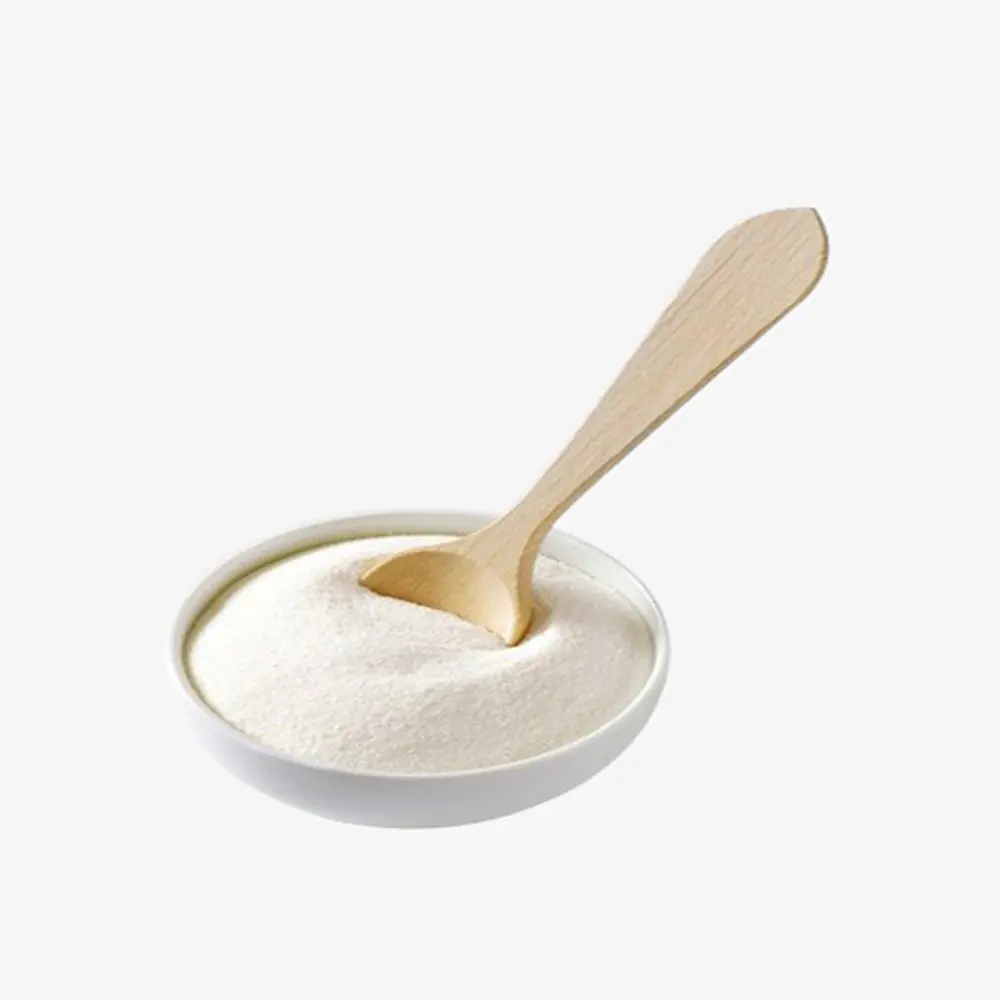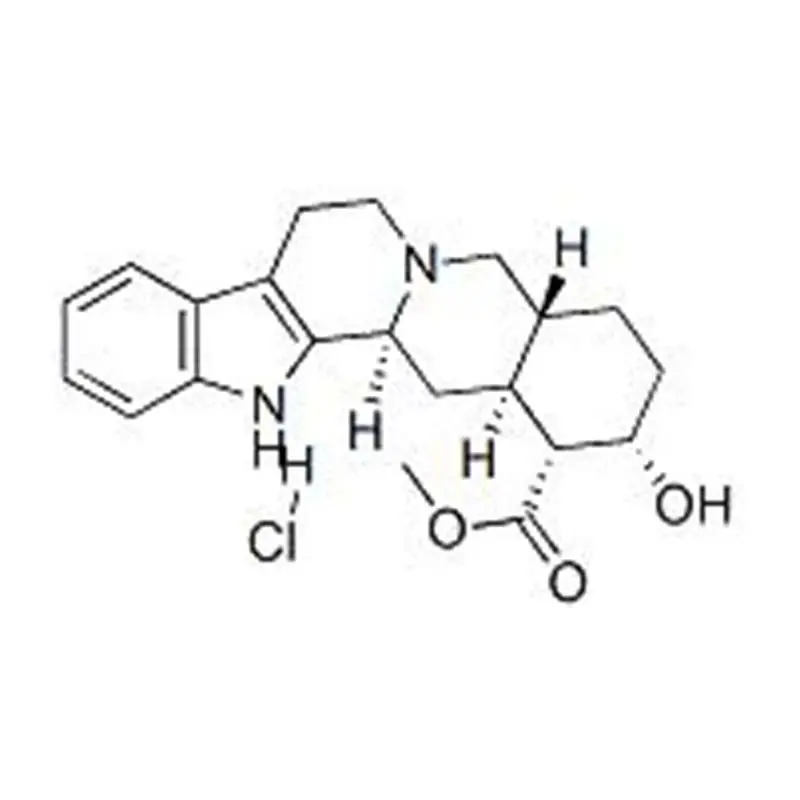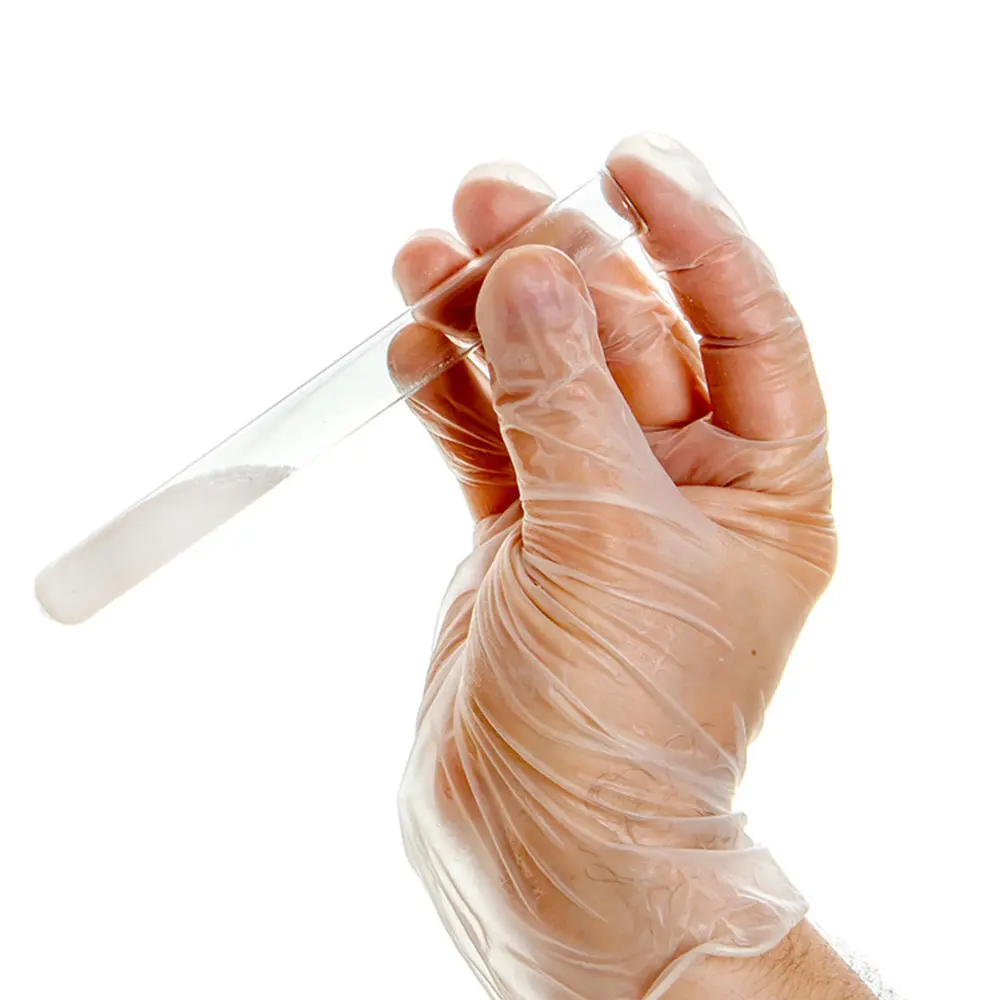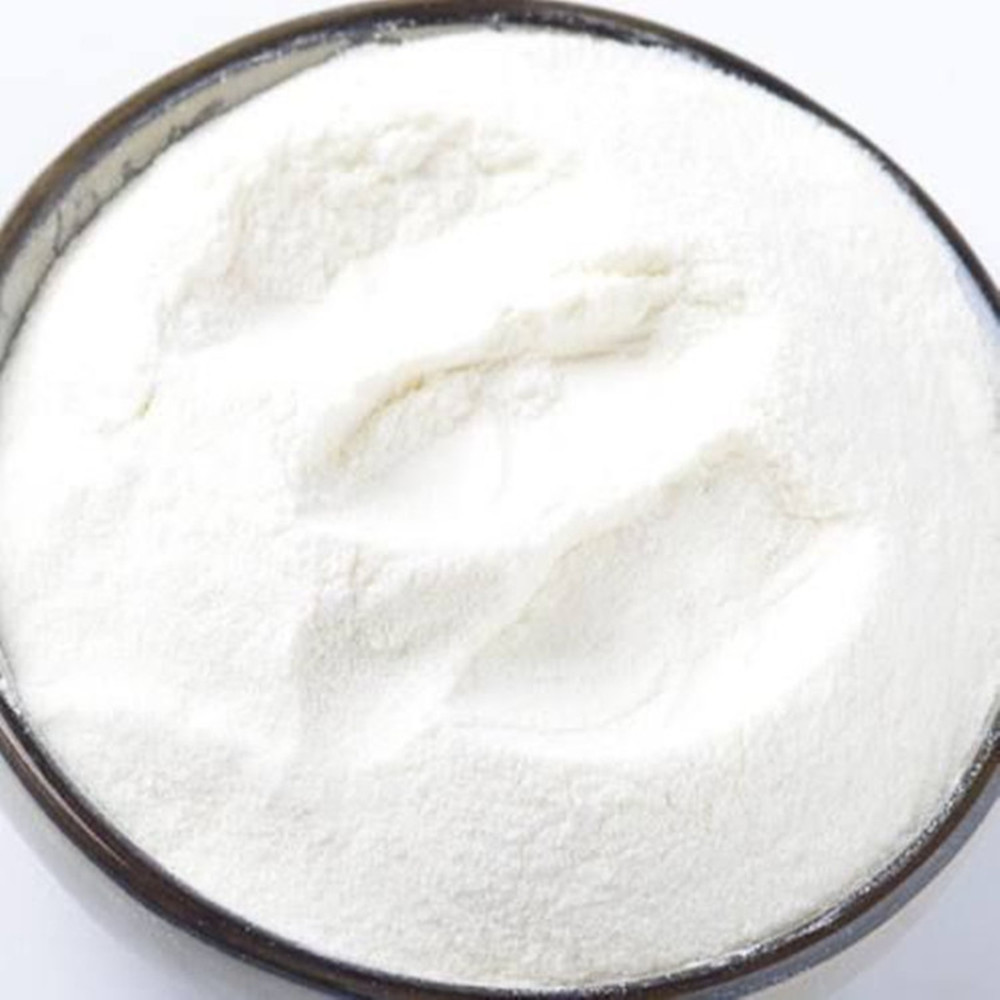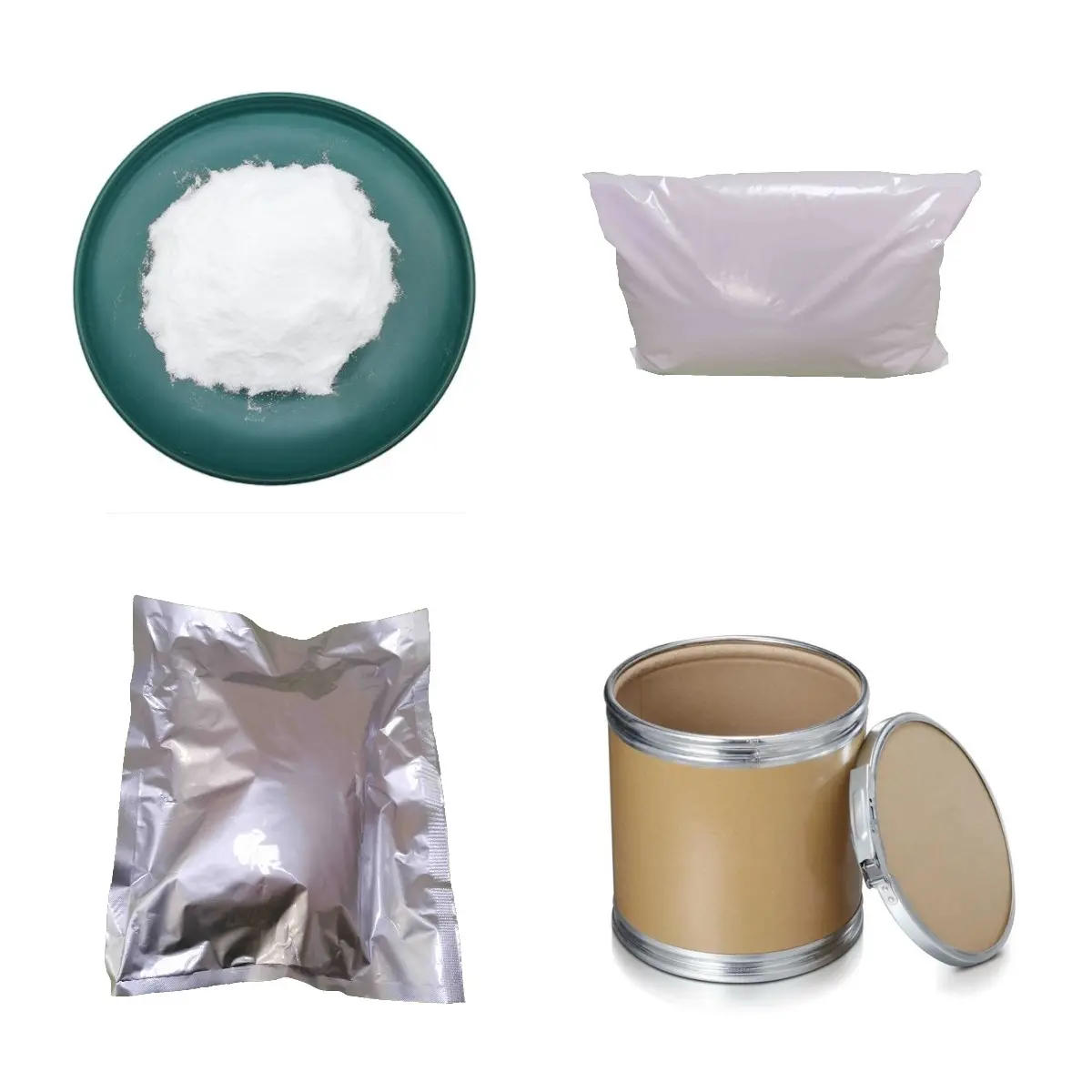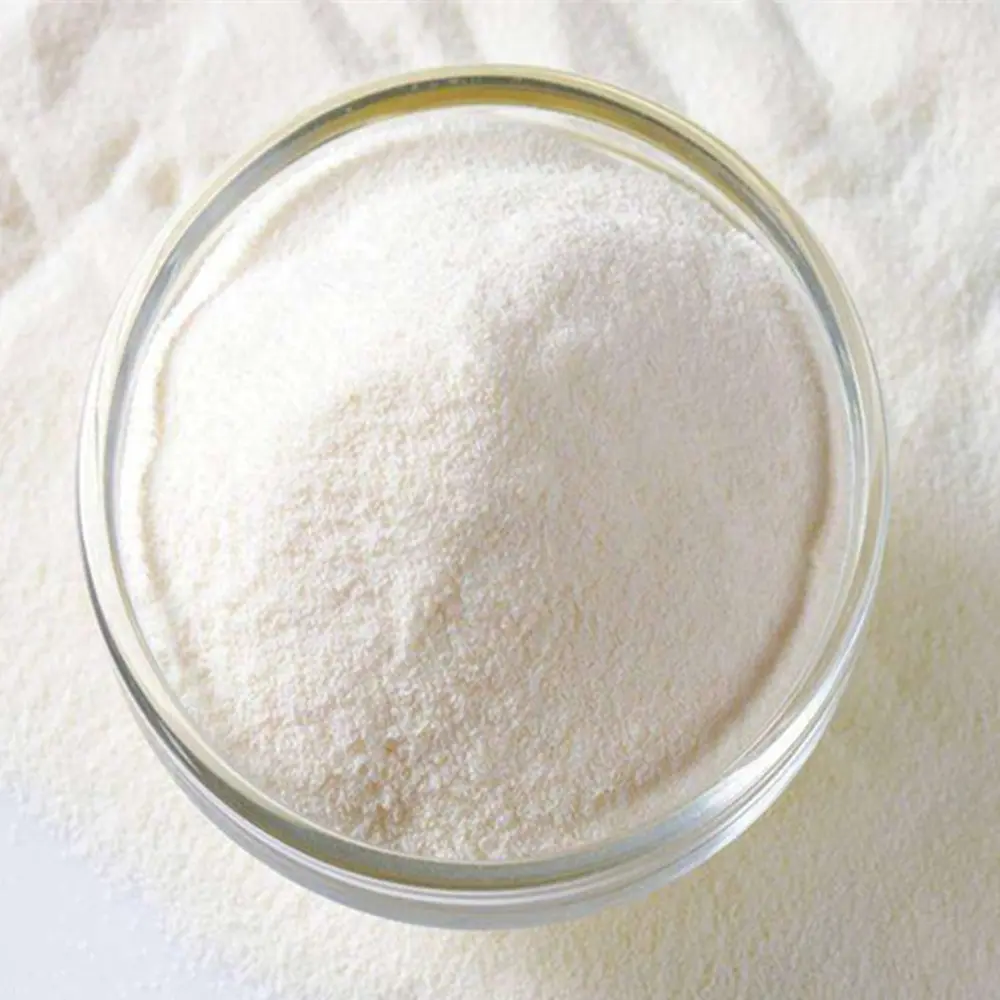High Purity Yohimbine Hydrochloride CAS:65-19-0 With Safe Clearance
General Description
Yohimbine hydrochloride is an indole alkaloid derived from the tree bark. It is an antagonist of α2-adrenergic receptors in the brain, reducing the effects of xylazine, which is an α2-adrenergic agonis.
Uses
Yohimbine hydrochloride is an Indole alkaloid with α2-adrenergic blocking activity. It is an alpha adrenergic blocker, mydriatic, antidepressant that used in the treatment of neurological disorders and erectile dysfunction.
Yohimbine hydrochloride is an α2-adrenergic receptor antagonist. It blocks the central α2-adrenegic receptors in the brain, thus preventing and reducing the effects of xylazine, an α2-adrenergic agonist. The sedative effects and respiratory depression that accompany xylazine administration are both antagonized and reversed by yohimbine. Yohimbine hydrochloride also produces an antidiuretic effect, and increases heart rate and blood pressure.
Side effects
Yohimbine hydrochloride has been associated with high blood pressure, increased heart rate, headache, anxiety, dizziness, nausea, vomiting, tremors, and sleeplessness. It can be dangerous if taken in large doses or for long periods of time. It should not be taken in combination with monoamine oxidase (MAO) inhibitors, as effects may be additive.
Yohimbe should be used with caution when taken with medicines for high blood pressure, tricyclic antidepressants, or phenothiazines. People with kidney problems and people with psychiatric conditions should not use yohimbe. Women who are pregnant or breastfeeding should not take yohimbe.
The Journal of Medical Toxicology reports an instance of refractory priapism associated with ingestion of yohimbe extract, and there are other scattered reports of adverse reactions. However, may studies report it to be generally well tolerated.
Use and description
Yohimbe is a tree that grows in Africa, and the natives there have used the crude bark and purified compound to enhance sexual desire and performance. Yohimbe has been used for centuries as an aphrodisiac. It has even been smoked as a hallucinogen. Nowadays, its extract is mostly used to treat impotence for men and women.
When ingested, it is assimilated into the blood stream, and it’s energizing effects come from its ability to increase blood flow to the genitals - and this applies to both men and women. Aside from its aphrodisiac effects, new research also shows that it has powerful antioxidant effects.


